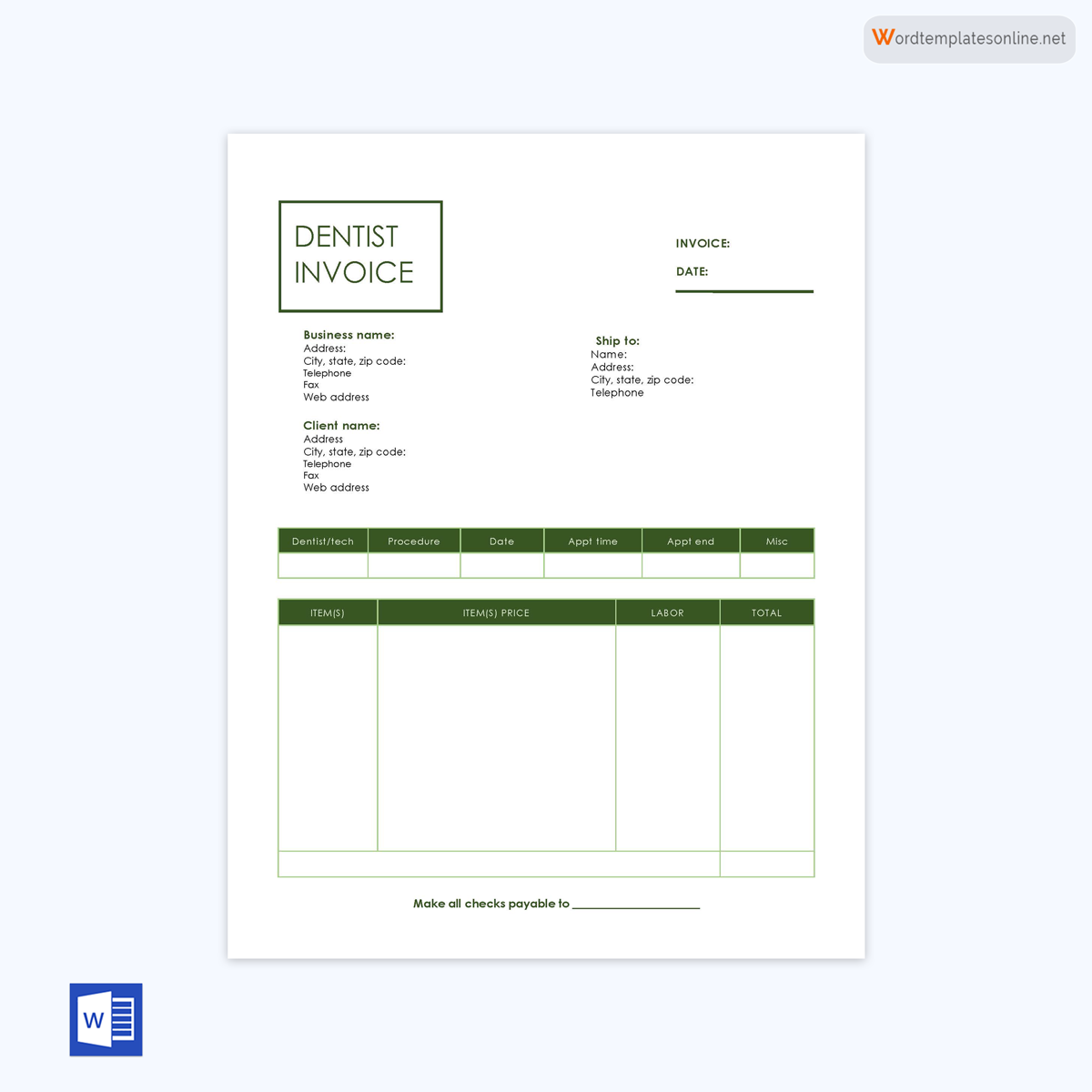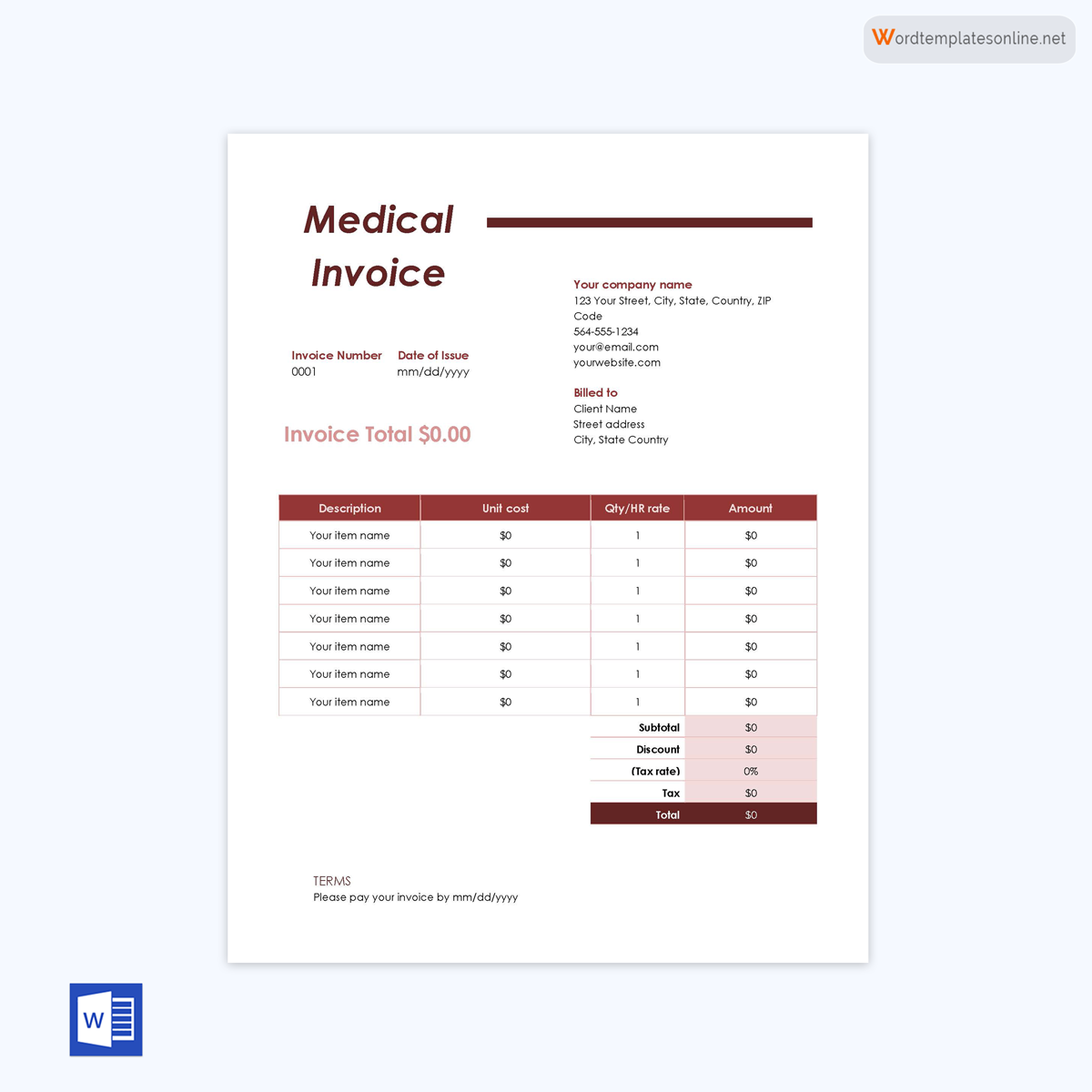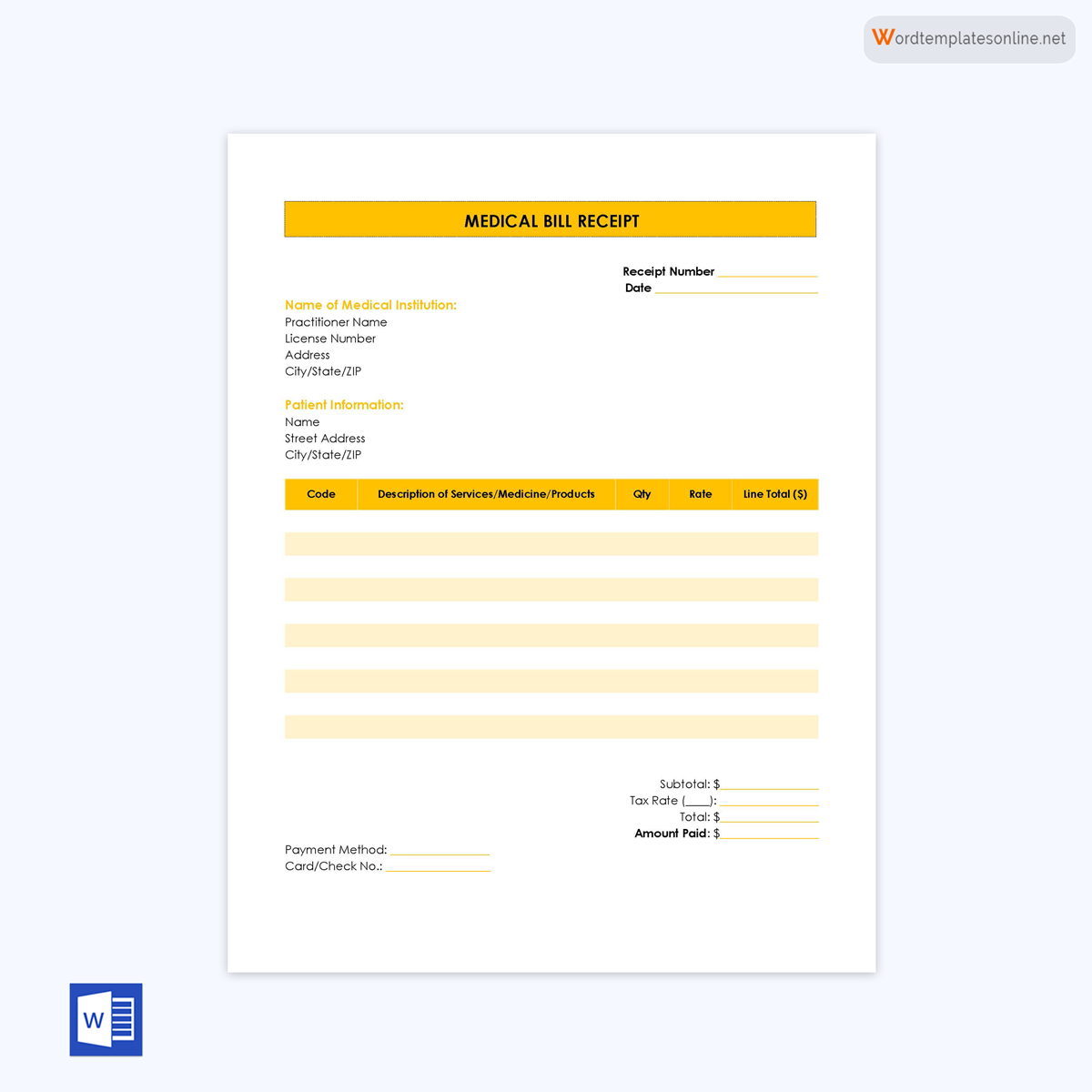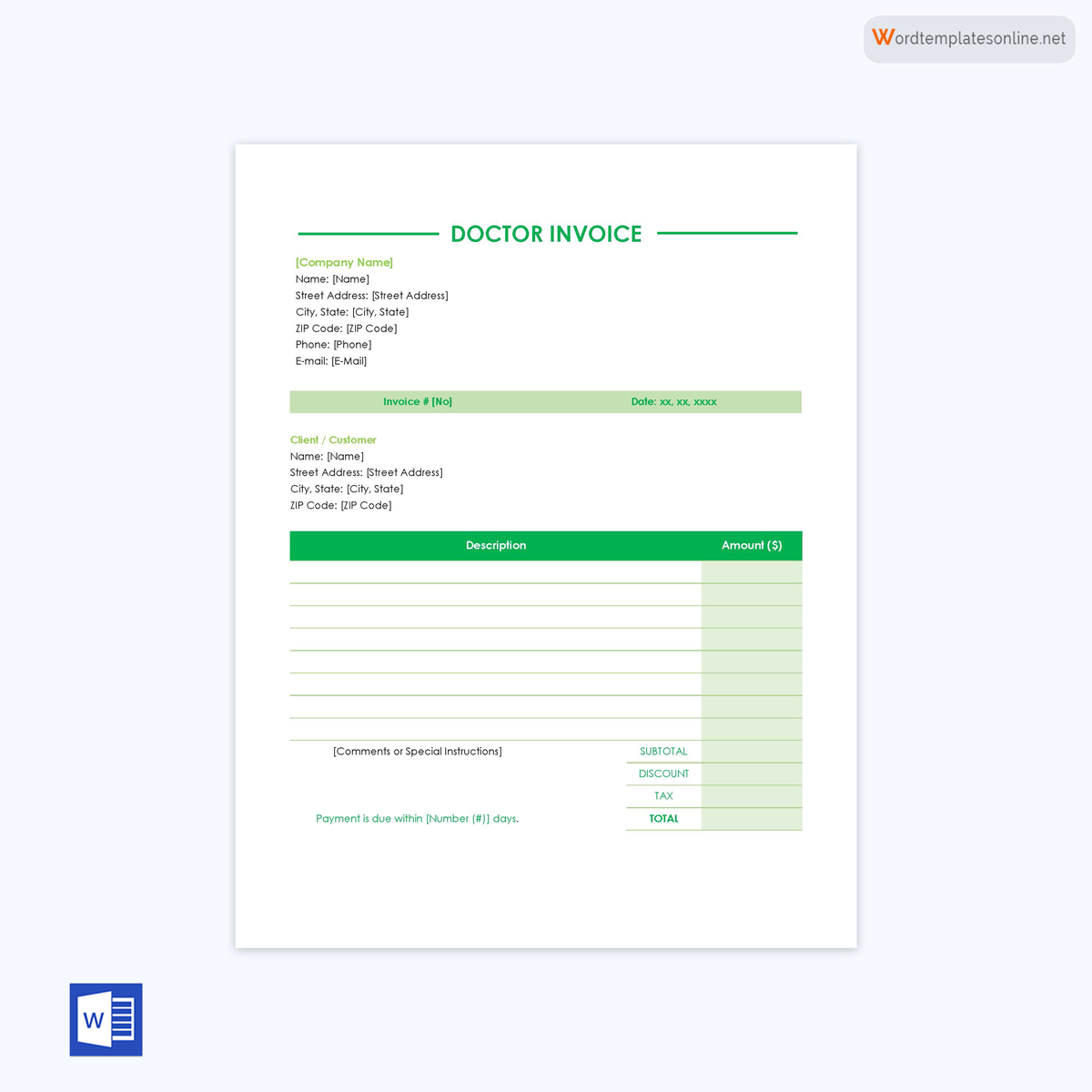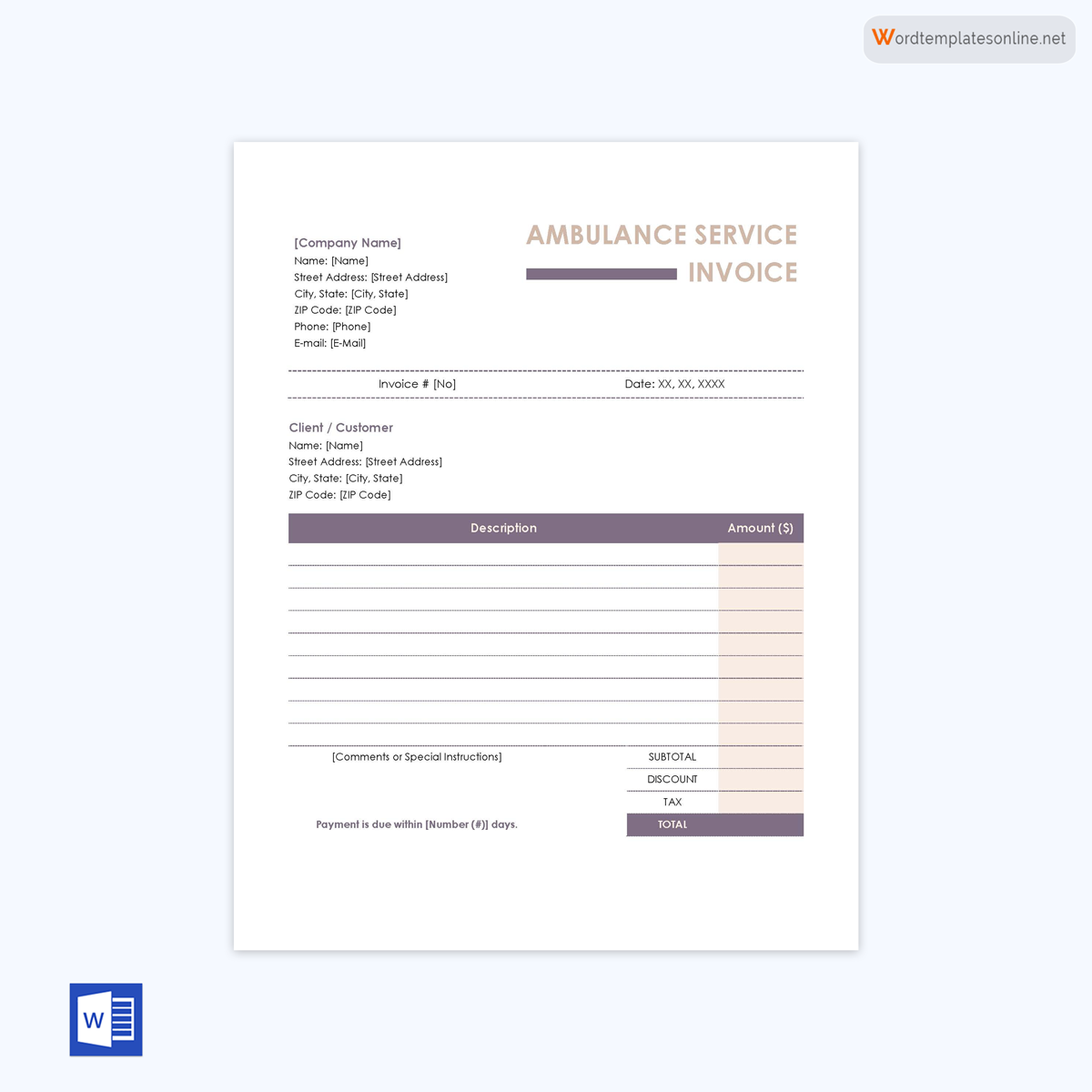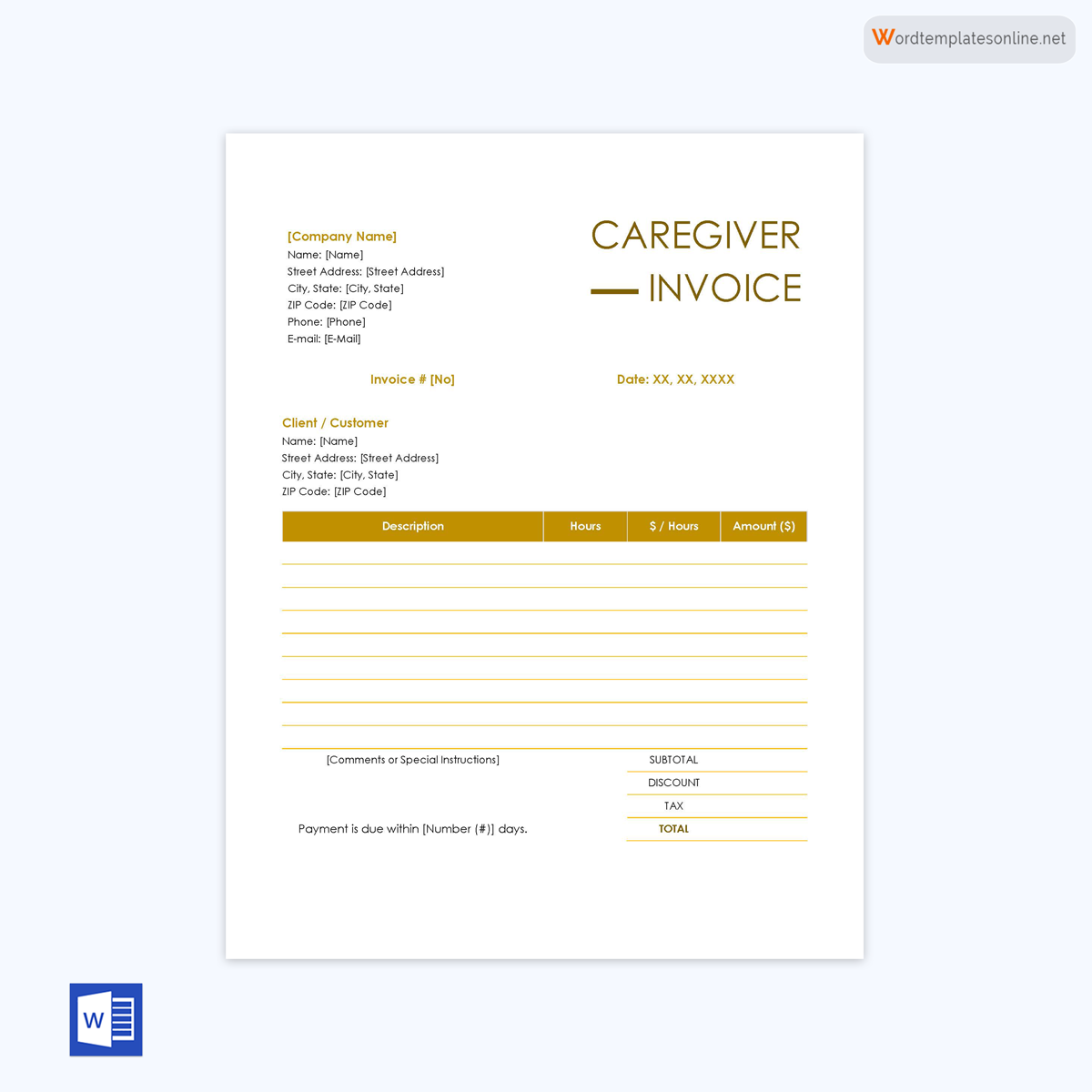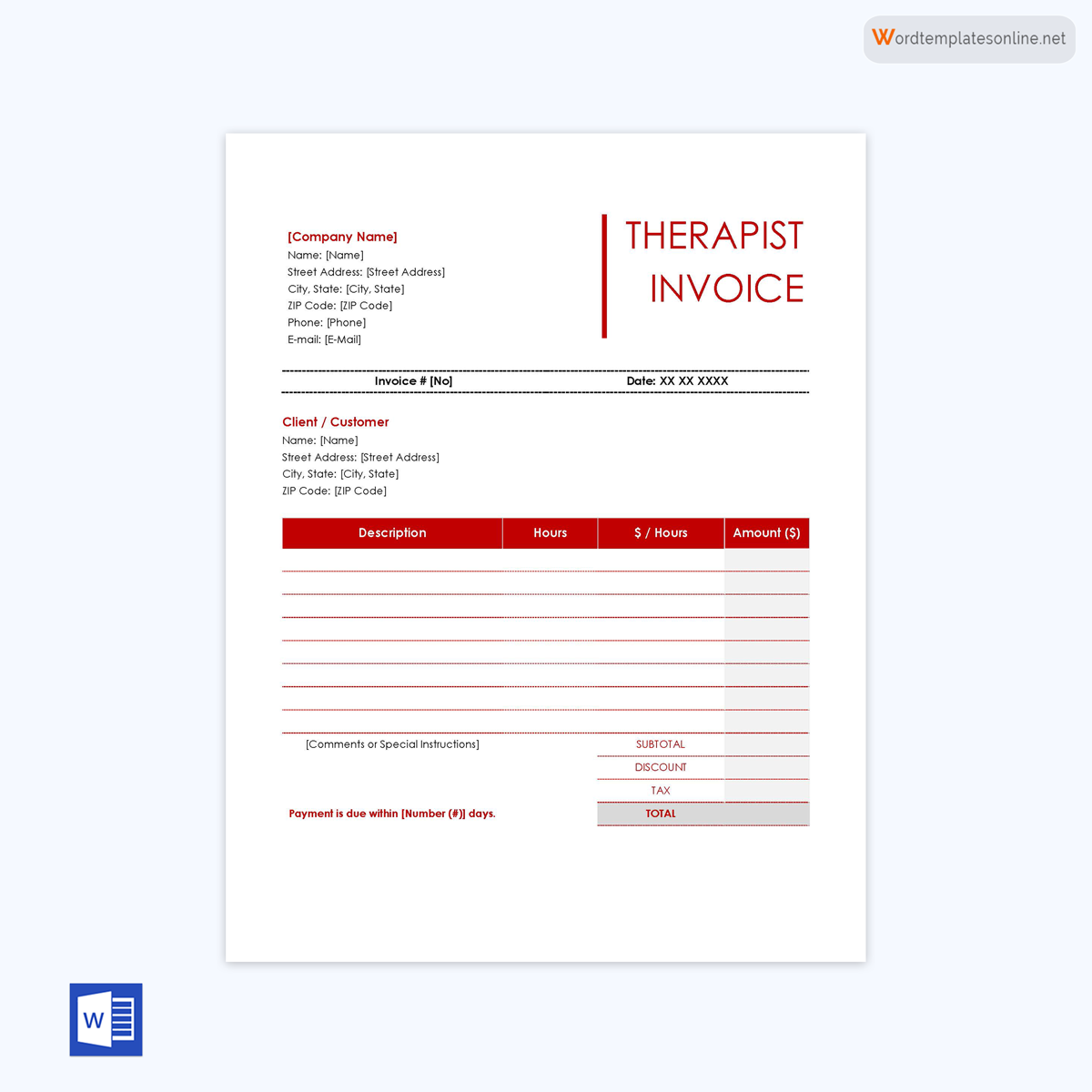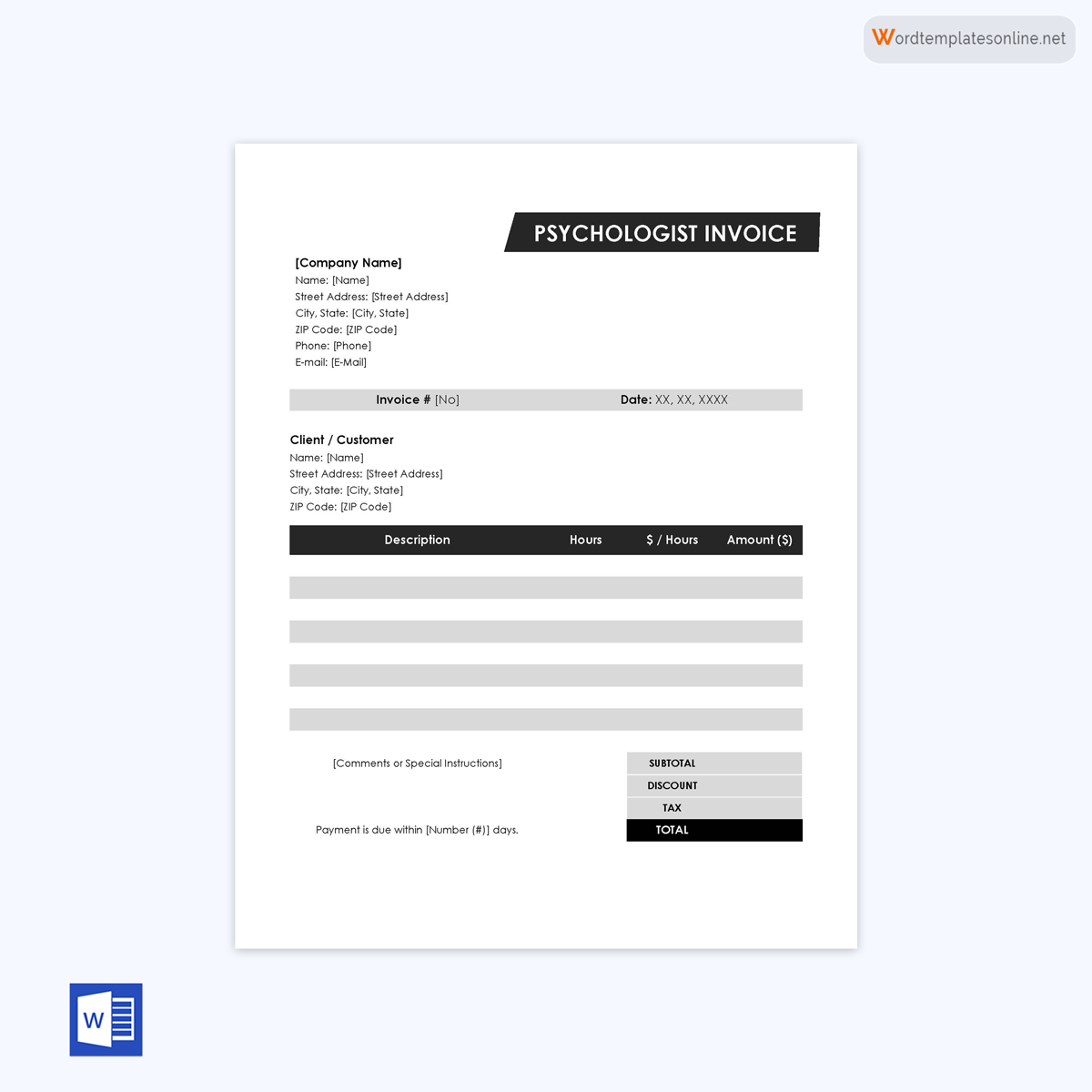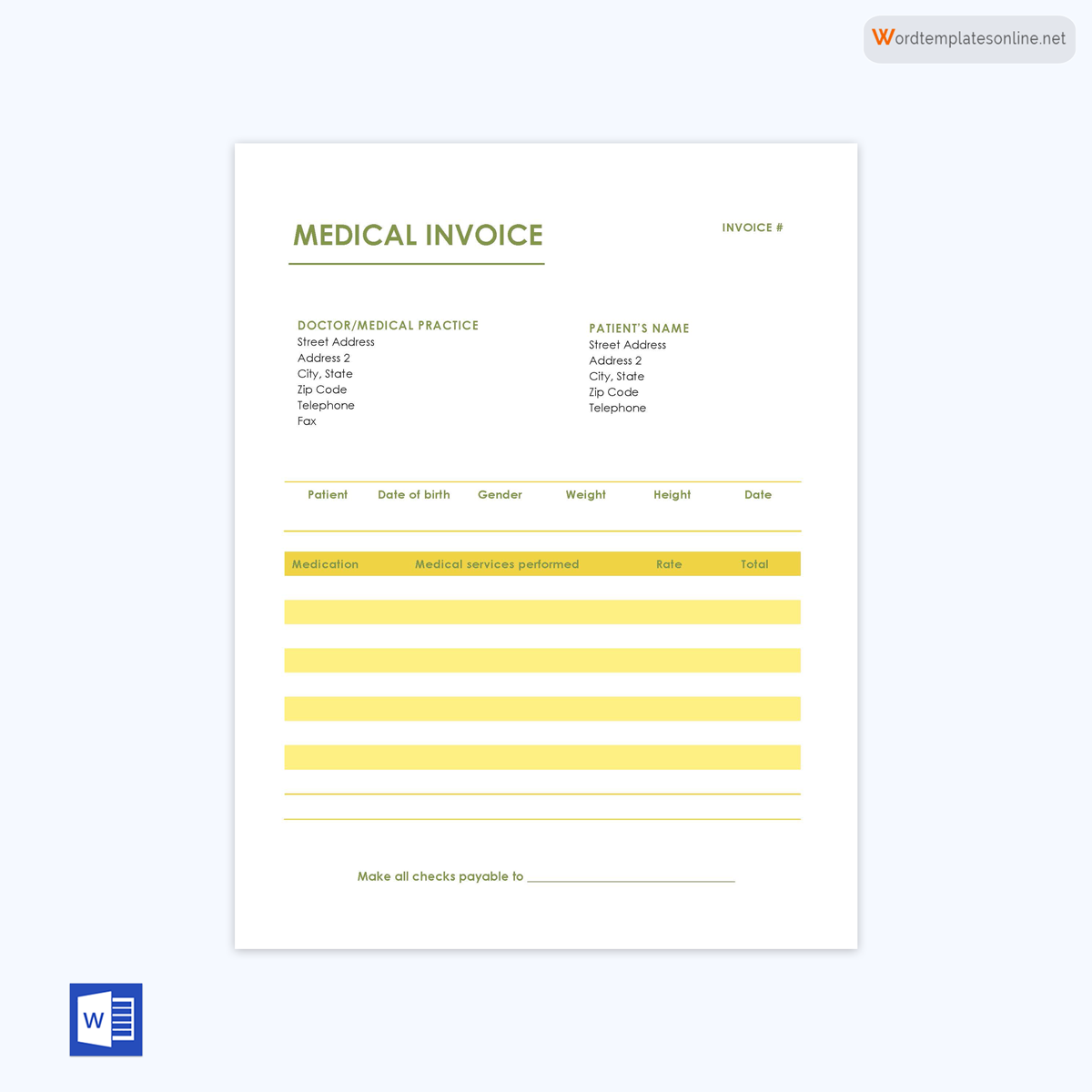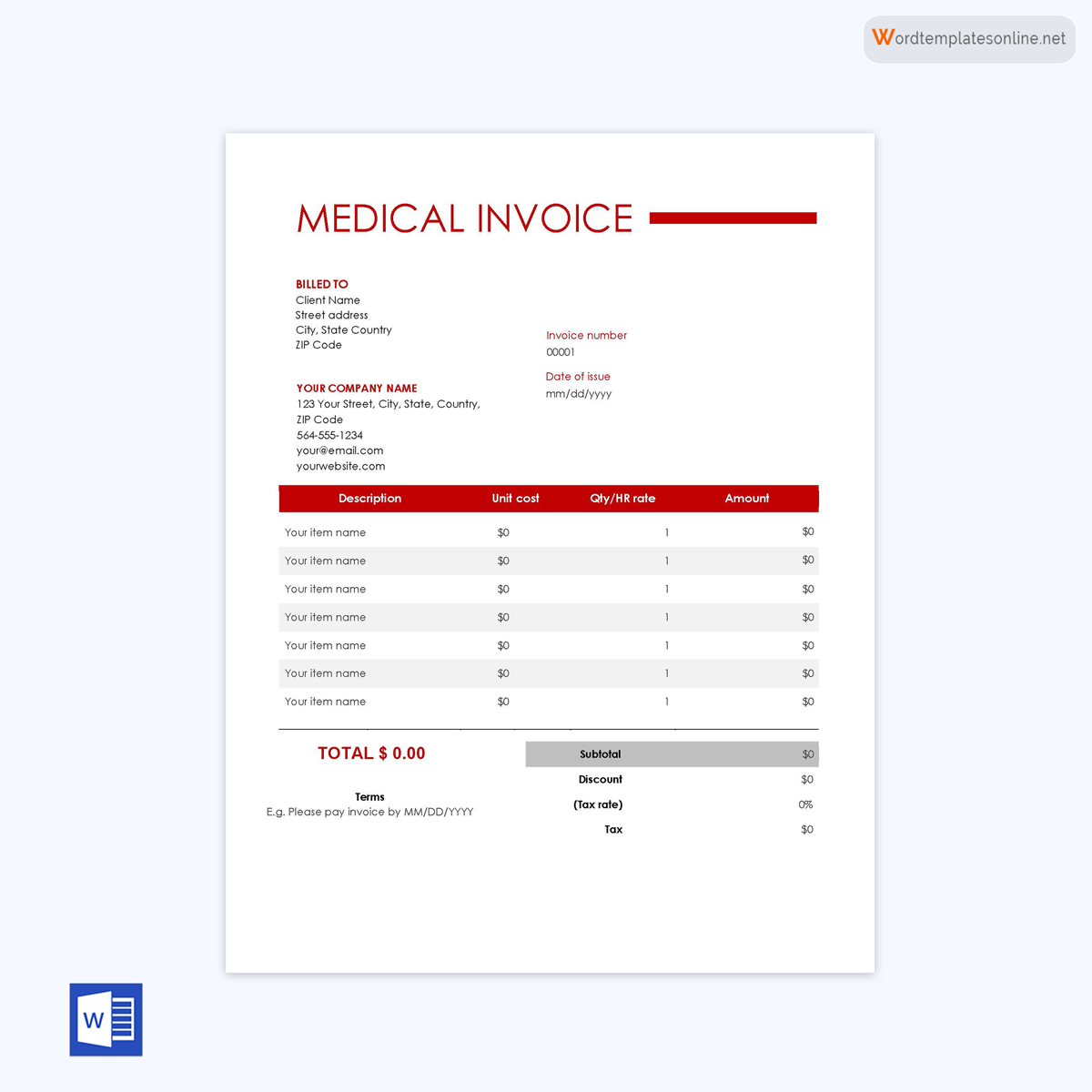Medical receipts are documents that record details of the services that patients avail of at healthcare facilities.
This information serves as proof of the encounter between the patient and the healthcare provider. A patient can benefit from it for reimbursing medical expenses or for financial record-keeping.
Medical receipt templates, which healthcare providers usually use to save time and stay consistent, contain a few basic components. These templates are basically empty, pre-made forms that healthcare professionals edit and fill out for each individual usage. The healthcare professionals fill out the templates for the patients and provide them with copies of them. Doing so not only increases their patients’ comfort level but also provides them with audit protection.
In this article, we cover all the parts that are essential to include on a medical receipt template for patients’ benefit.
Free Templates
Medical receipts are important documents for patients availing of medical services from any healthcare facility. Therefore, it is important that healthcare providers ensure that their receipts contain all the required elements to facilitate patient care. You can attain this surety by using a pre-made template, which you can download for free from below. These forms are provided in different formats for your ease.
The Importance of Medical Receipts
Medical receipts have significant benefits for all parties involved in using them. Healthcare providers comply with HIPAA regulations regarding patient privacy. This protects the facility legally and ensures patient confidentiality. Patients who want to claim tax deductions for these expenses also find these receipts very helpful in doing so. Moreover, they can also get reimbursements for the costs that they bear at your healthcare facility if they have health insurance by using them as proof of payment.
The Key Components of a Medical Receipt Template
The medical receipt template must include all necessary components to facilitate patients in multiple ways. It must also be complete in areas that are useful for healthcare facilities, such as those useful for tax audits. Therefore, it must be in complete detail.
A detailed and complete medical receipt template typically includes the following components:
Healthcare provider/facility information
The first section focuses on the information about the healthcare facility or provider. This can be a hospital, clinic, private practice, or home-based healthcare agency as well. This information will be based on their name, physical address, and contact information. The purpose of including these sections is to provide identification and access to the healthcare provider in case it is required by the patient or a third party. Third parties, such as healthcare insurers, might use this information to confirm claims.
Patient’s information
The detailed information of the patient who avails of the services of the healthcare provider or facility comes next on the receipt. Such information as the patient’s full legal name, residential address, and contact details, including phone number(s) and email address, will be required. Therefore, the template should include sections based on these elements.
Date and time of service delivery
The specific date and time when the service was provided to the patient are very important on this receipt. Therefore, fields to mention these clearly must be included. In turn, this will serve as a reference and proof of the services that the patient claims they received.
Descriptions of the services received
This is one of the most important sections on medical receipt templates, as it lays out the technical identifiers of the services received by the patient.
It may include:
- Itemized list: This is a detailed breakdown of the services the patient received. It includes information such as diagnoses, procedures, medicines given, and treatments administered.
- CPT codes: Current Procedural Terminology or CPT codes, are billing codes that represent each service. These protected health information (PHI) codes facilitate smooth reimbursement and claim processing significantly. Moreover, they are helpful in protecting patients from unauthorized access to their medical records, which is a HIPAA compliance factor too.
- Quantity of units: Sometimes, the services that the healthcare provider provides may be included in units too.
For instance:
| Description | Unit |
| Consultation | 2 |
| X-ray | 1 |
Costs and charges
This section will focus on the costs and charges of the services you provide. The patient may be provided with individual costs associated with each service, subtotals according to the category of services, and lastly, total costs. Individual costs will show the cost of each service, whereas subtotal costs show the total costs of particular types or groups of services. The total cost is the summed-up value of all the costs.
Payment details
A medical receipt does not limit the payment details to the costs to be paid by the patient. They will also include the date the patient made the payment and the method of payment they used, such as credit card, cash, or insurance coverage.
Signatures
Sections for the healthcare provider’s signatures and/or the healthcare facility’s stamp must be part of the template. The latter (stamp) must contain contact information or other identifiers of the business. These elements mark the document as credible for third parties.
Disclaimer
Include any disclaimers that might be necessary for the patient’s attention. For example, these could be based on refund policies, non-covered services, or more.
Tax identification number
Although this part is optional, it can still be beneficial. Include a section to specify your healthcare facility’s Employee Identification Number (EIN), which is assigned to businesses by the IRS in the United States. Basically, the IRS assigns EIN to healthcare facilities, including hospitals, clinics, and independent physicians.
Free Receipt Templates


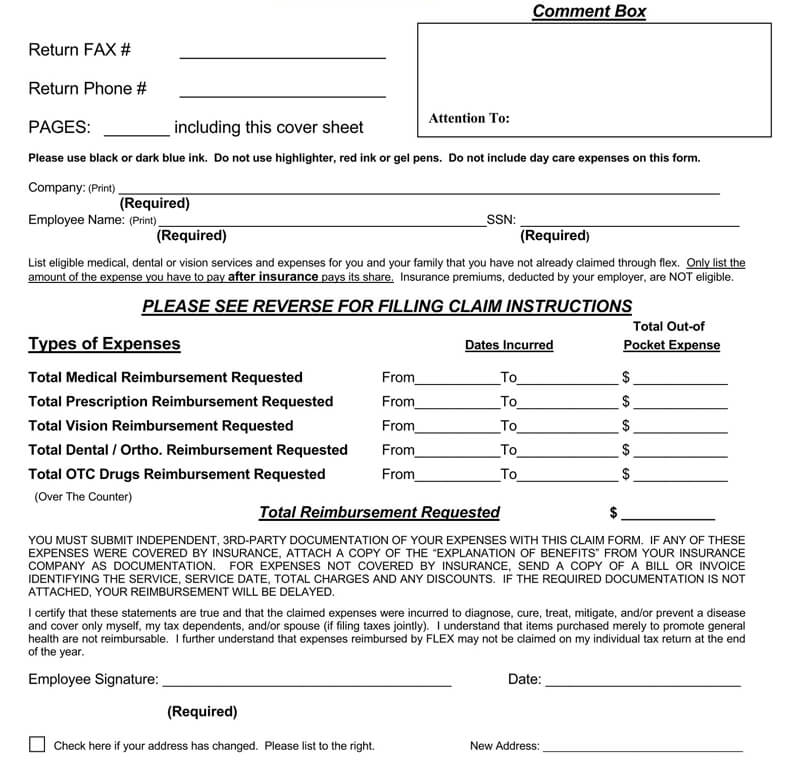
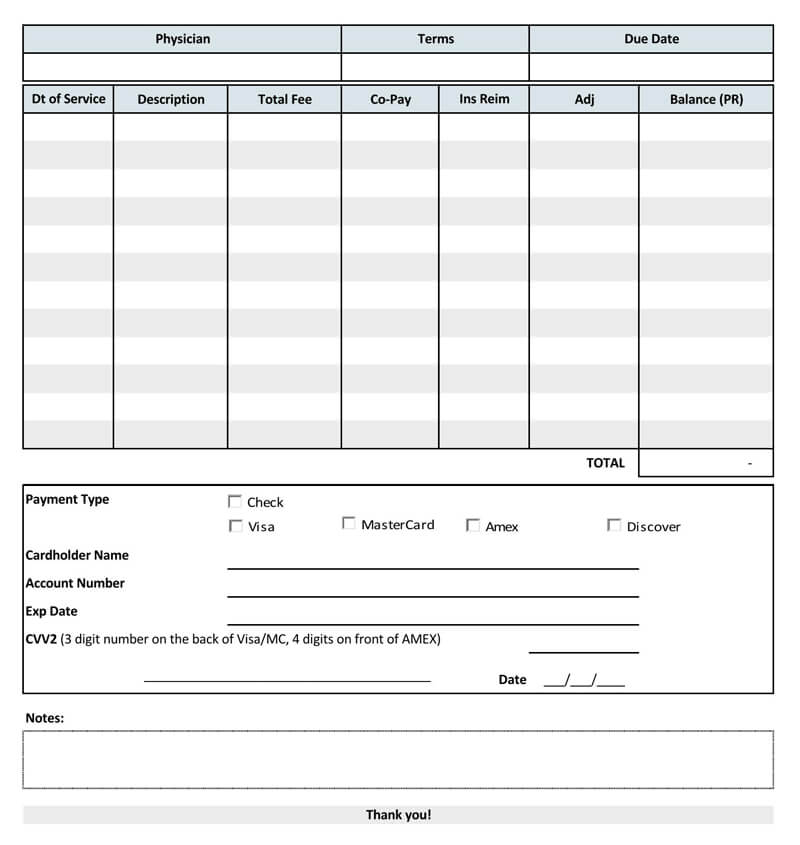

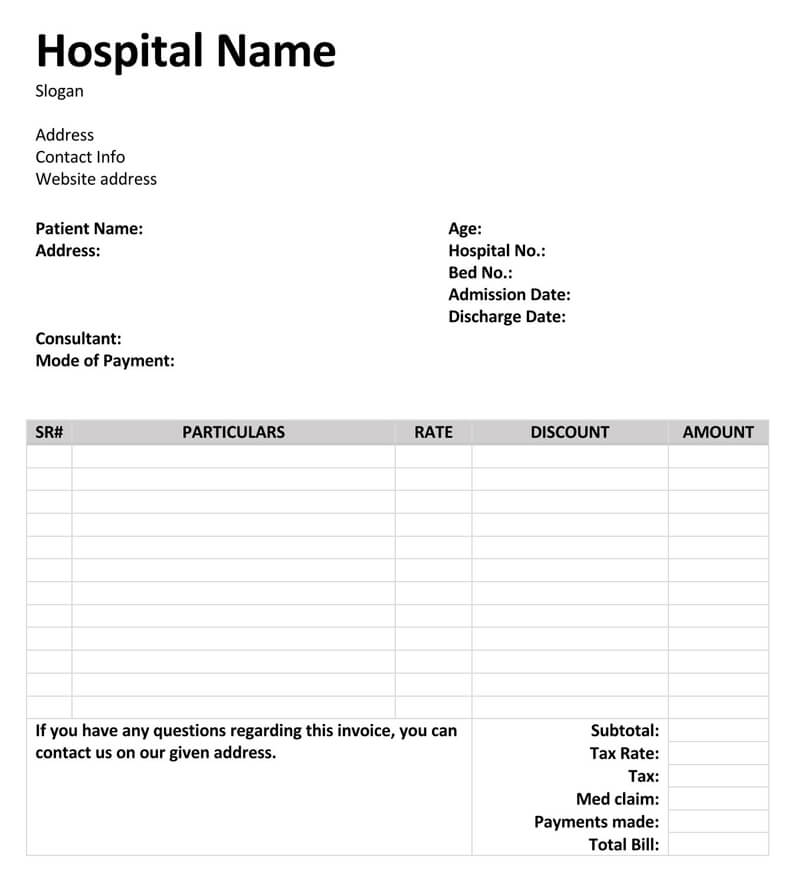
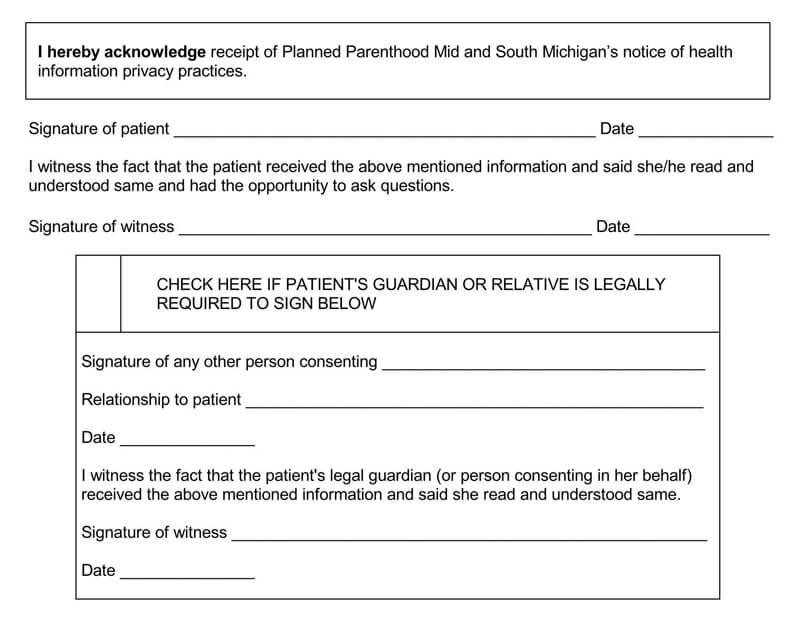
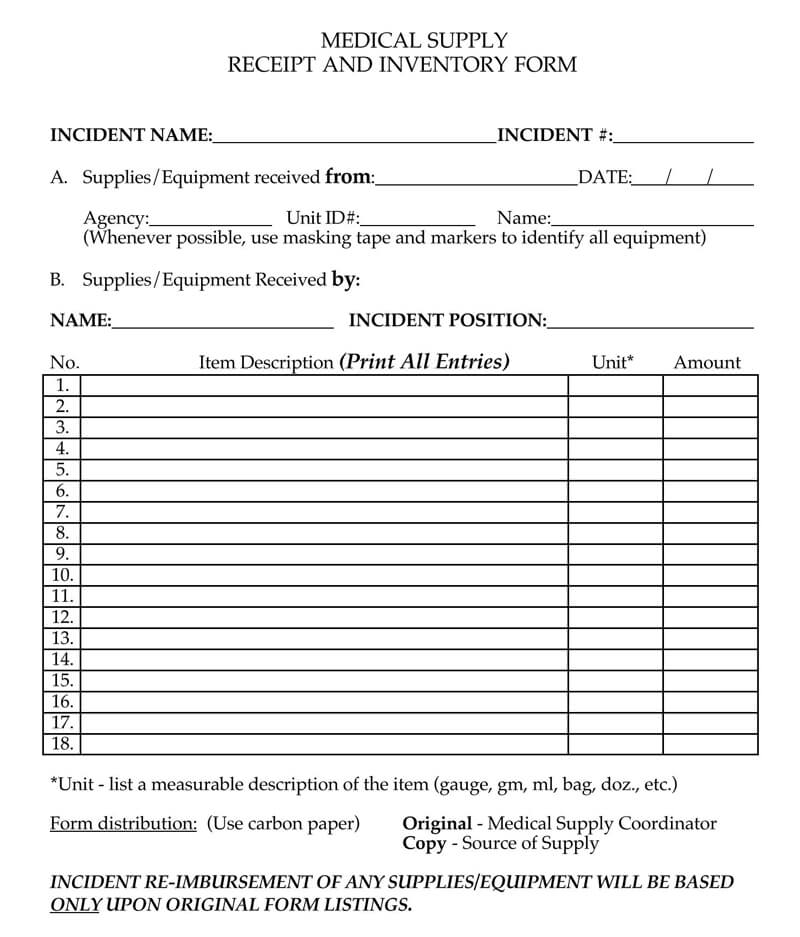
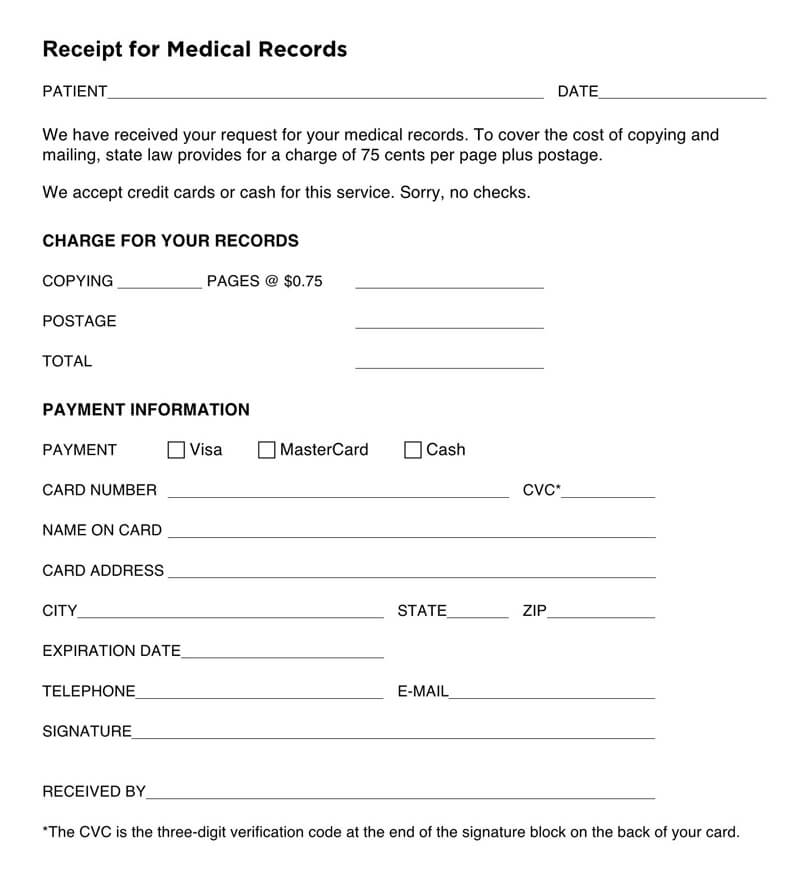
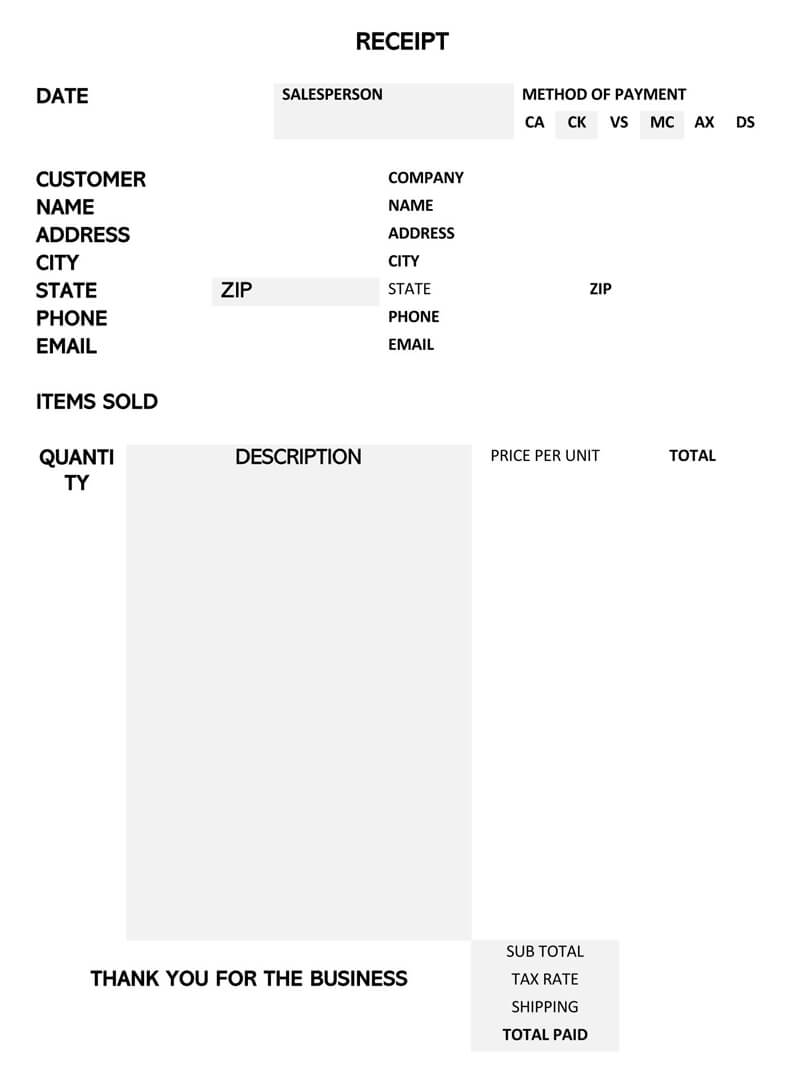
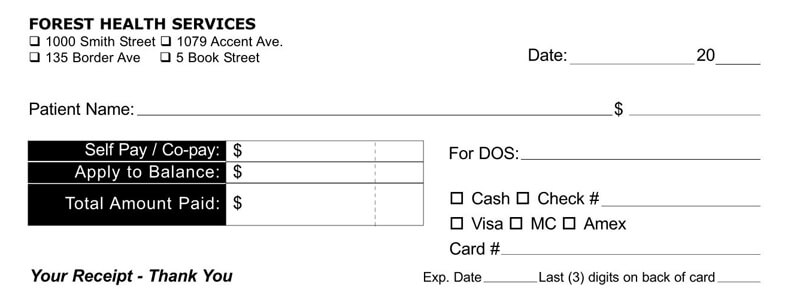


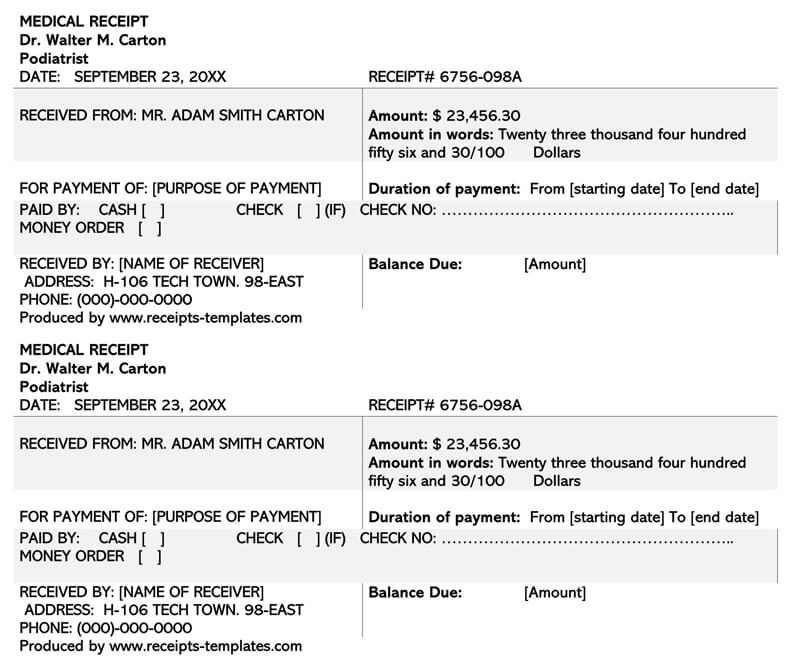
Conclusion
A medical receipt is a document that is essential for the legally compliant and professional provision of medical services to patients. Although the components healthcare providers include in it are not too technical, they are quite specific. The lack of any of these important components may lead to harmful situations for the patients and the facility. Therefore, it is important for these businesses to ensure that the medical receipts that they provide to their clients are structured well and contain complete information.
